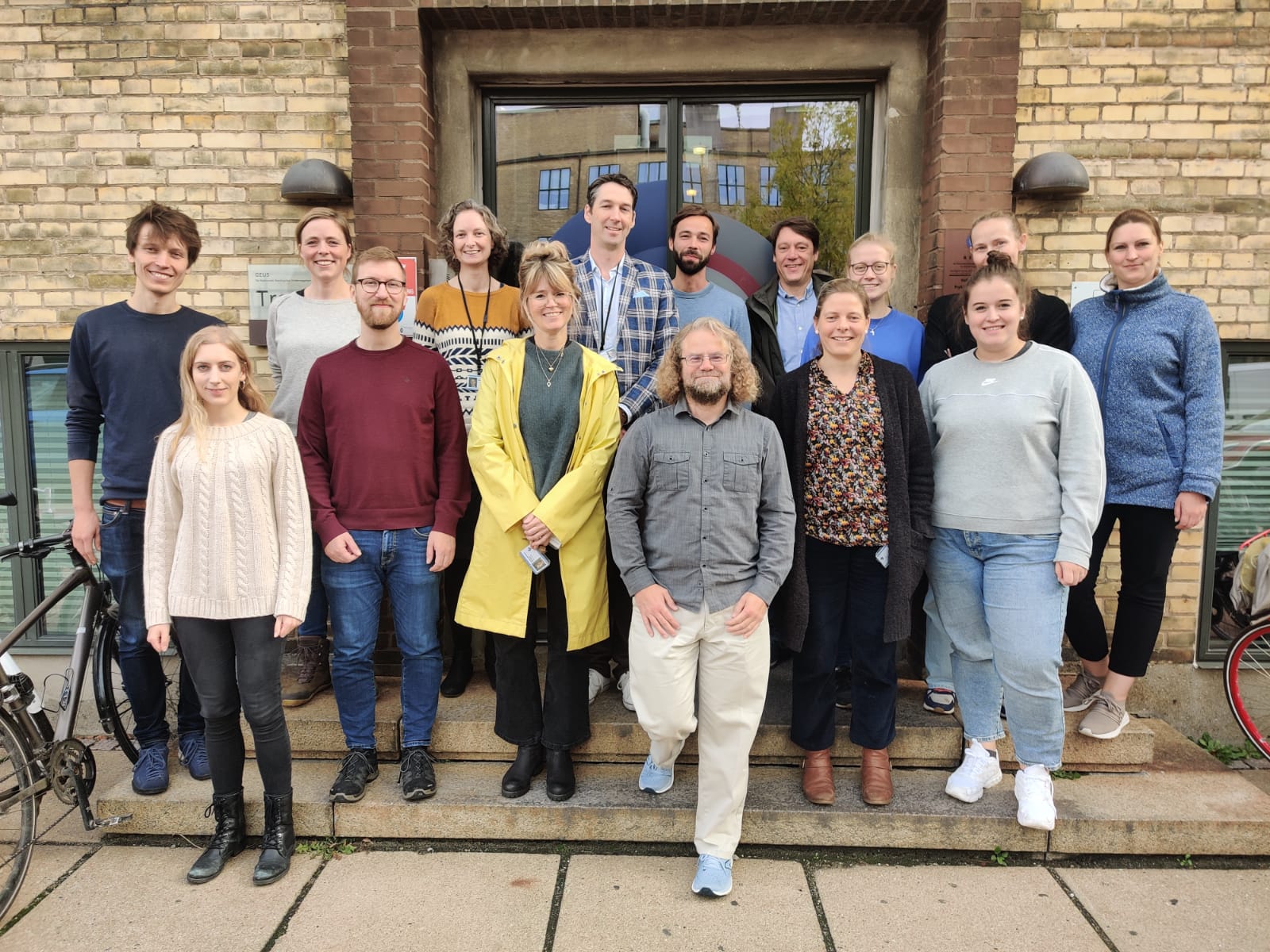Published: May 23, 2010 by The PISM Authors
PISM version stable0.3 is available. See the stable version page to check out a copy of the source code. Send email to help@pism-docs.org for help with any version of PISM.
Compared to stable0.2, the new version
- uses a polythermal, enthalpy-based energy conservation scheme
- includes improved atmosphere, surface processes and ocean model structure
- puts all model parameters and physical constants in a configuration file which can be changed without re-compiling PISM
- has a better User’s Manual
- comes with a command-line option Cheat-Sheet
- has a better HTML PISM Source Code Browser
- supports saving scalar, 2D and 3D diagnostics at given times during the run
- allows climate forcing using spatially-varying “anomalies” (near-surface air temperature and precipitation)
- includes better metadata handling
- can be stopped and restarted without affecting results of a run
- has more software tests (including regression tests)
- has an automatic vertical grid extension mechanism
- performs area and volume calculations using WGS84 datum to correct projection error
- makes the computation of the age of the ice optional, for efficiency
- has easier-to-extend source code
- comes with three worked examples: Antarctica, Greenland, Storglaciaren
